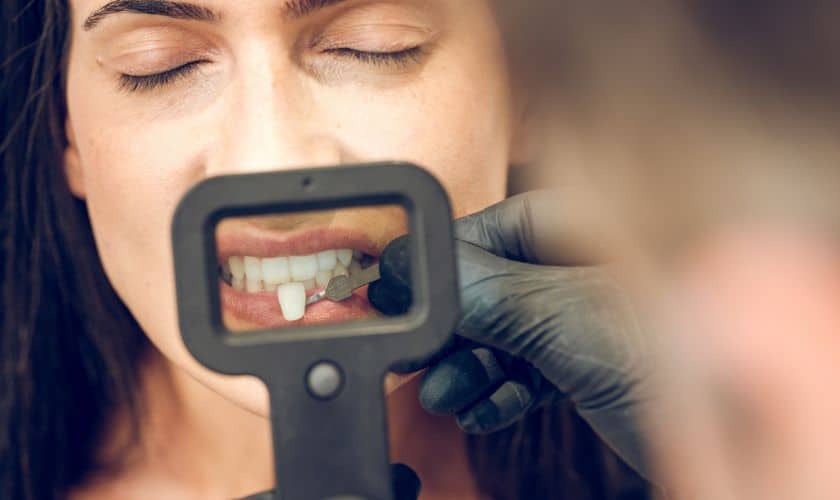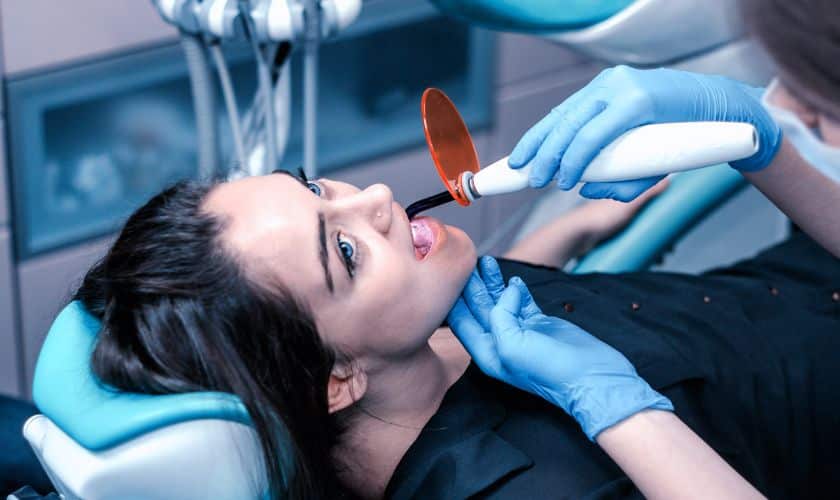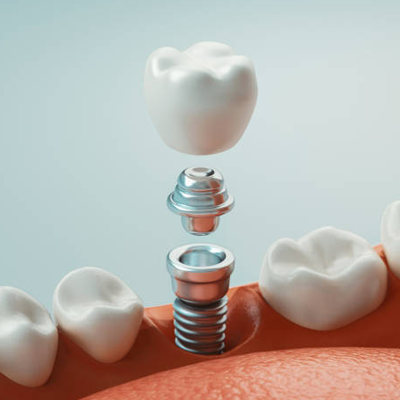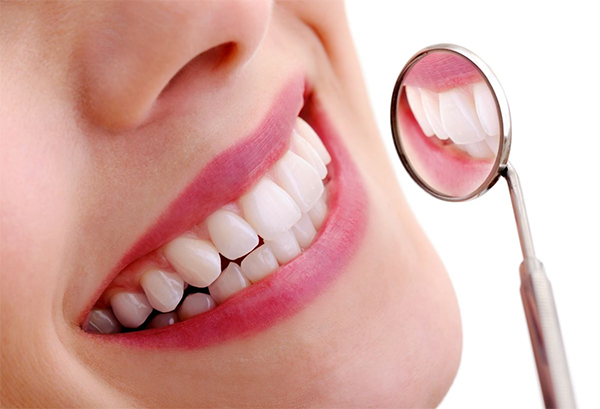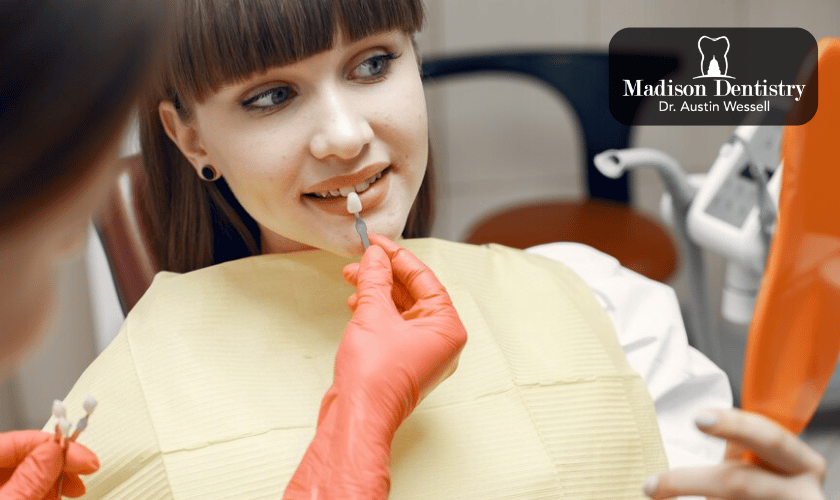
Porcelain veneers are thin, semi-translucent coverings often used to improve the appearance of teeth. They are made from a specialty dental material and made to fit precisely over your existing teeth. Dental Veneers can be an effective treatment for most people seeking to improve their smile aesthetics. Generally, porcelain veneer treatment is suitable for adults who have healthy gums and do not suffer from gum disease. If you’re considering porcelain veneers, it is important to understand all of the available information so that you can make an informed decision about whether or not this type of dental procedure is right for you. Read on to learn more about who is a good candidate for porcelain veneers.
What are the Benefits of Porcelain Veneers?
Porcelain veneers provide a range of benefits to those looking to improve their appearance and restore healthy smiles. They can be used to correct crooked, chipped, broken, or discolored teeth in as little as two visits. The new porcelain veneer is custom-crafted to fit over your existing tooth and is color matched for a natural-looking result that blends seamlessly with your smile. Additionally, the durable material resists staining from food and drink, so you can maintain your smile aesthetics longer than with traditional cosmetic treatments such as whitening.
How do Porcelain Veneers Work?
Porcelain veneers are made up of a thin layer of porcelain that is bonded directly to the front of your existing teeth. This bonding process involves preparing the tooth by removing a small amount of enamel, which helps create a secure bond between the underlying tooth structure and the veneer. Once in place, porcelain veneers can be used to correct a range of dental imperfections such as chips, cracks, discoloration, gaps, and even misaligned teeth.
Who is an Ideal Candidate for Porcelain Veneers?
The ideal candidate for porcelain veneers is someone who has healthy gums and does not have gum disease. Additionally, porcelain veneer treatment is best suited for individuals who are looking to improve the appearance of their teeth and achieve a more aesthetically pleasing smile. Porcelain veneers are a great solution for those looking to make cosmetic changes but also want to maintain a natural-looking result.
What is the Process for Getting Porcelain Veneers?
The process for getting porcelain veneers typically involves two visits with your dentist. During the first visit, your dentist will evaluate your current oral health, prep the tooth surface and take impressions of your teeth in order to create custom-crafted veneers. Next, on the second visit, they will place the porcelain veneers onto your teeth and make any final adjustments. Once in place, you will have an improved, natural-looking smile that can last for many years with proper care.
Conclusion
Porcelain veneers are a great solution for those looking to improve their appearance and create a more aesthetically pleasing smile. The ideal candidate is someone who has healthy gums and is looking to make cosmetic changes without sacrificing a natural-looking result. The process involves two visits with your dentist, during which they will prepare the tooth surface and take impressions of your teeth in order to create custom-crafted veneers. If you’re considering porcelain veneer treatment, it is important to understand all of the available information so that you can make an informed decision about whether or not this type of dental procedure is right for you.



